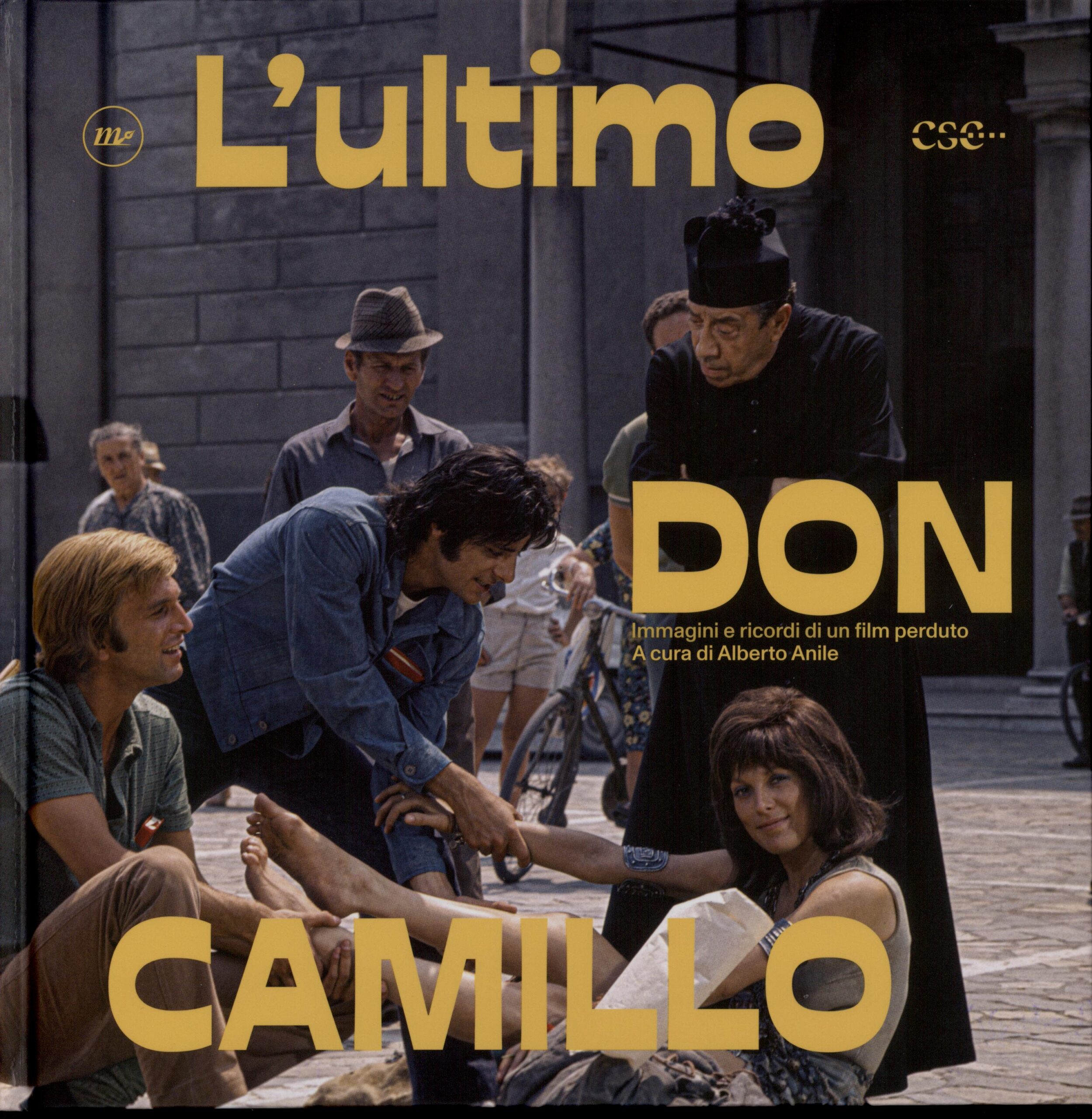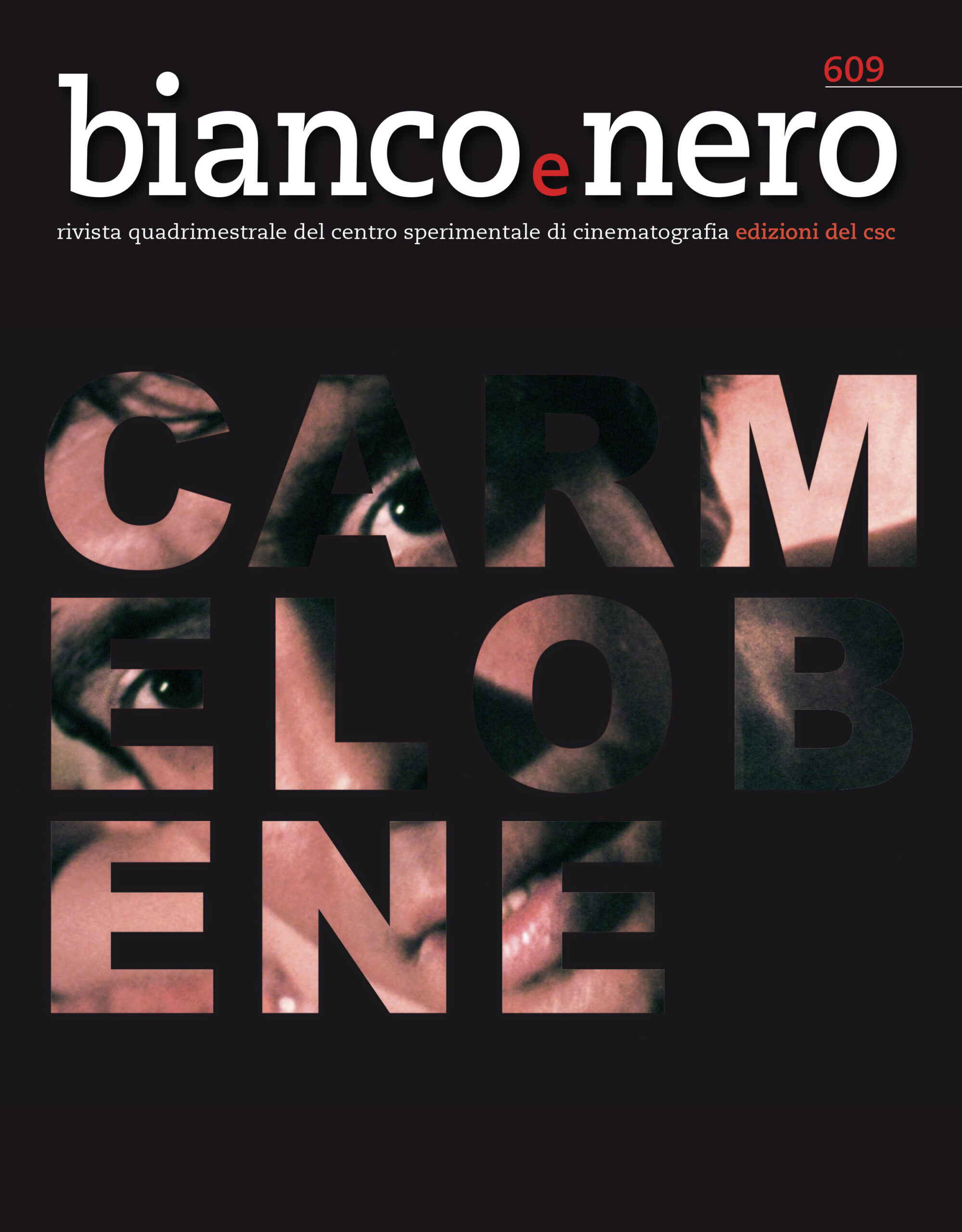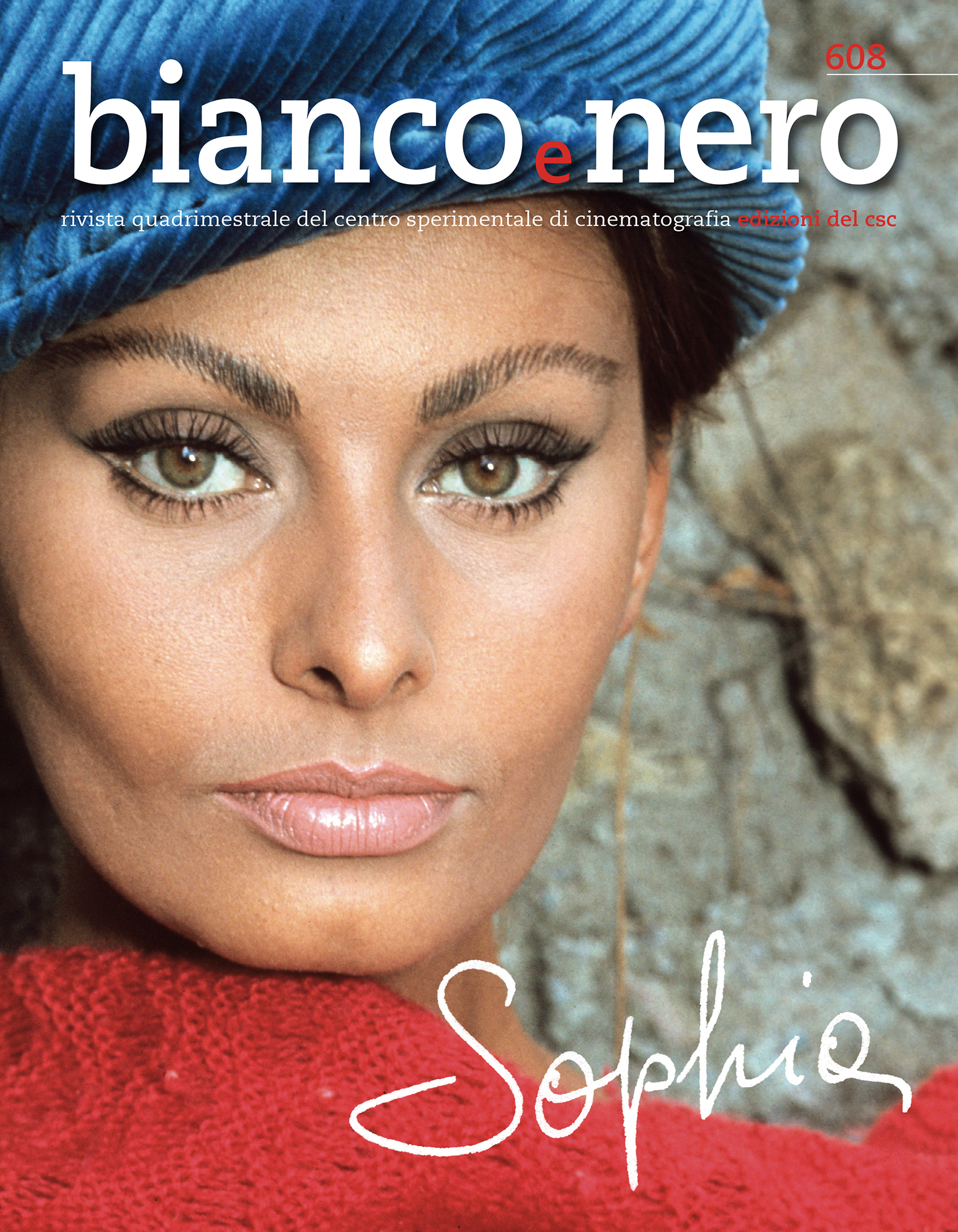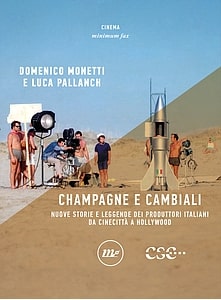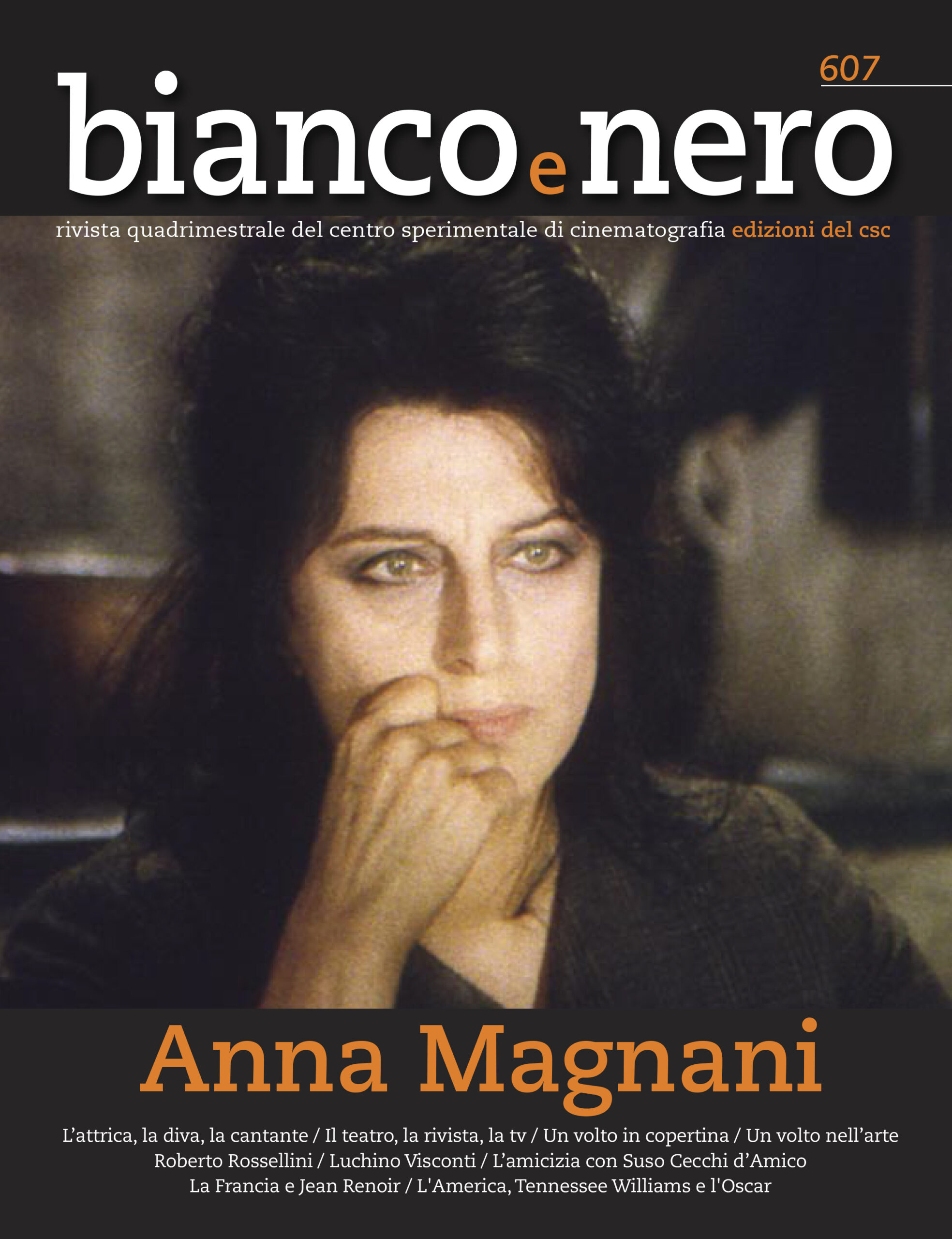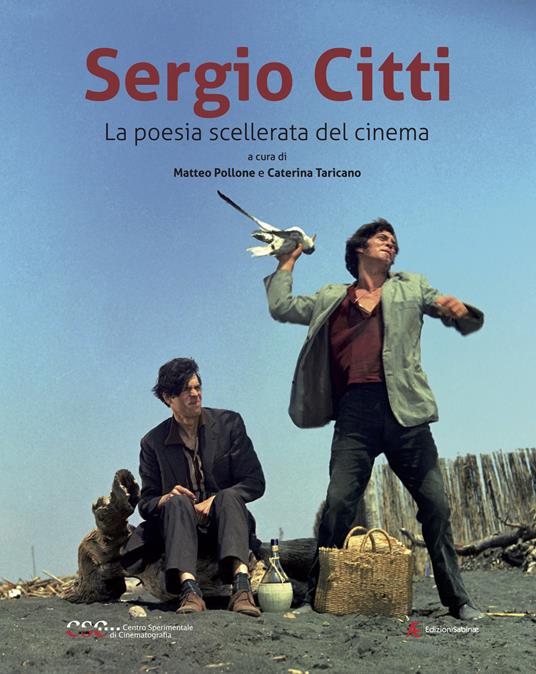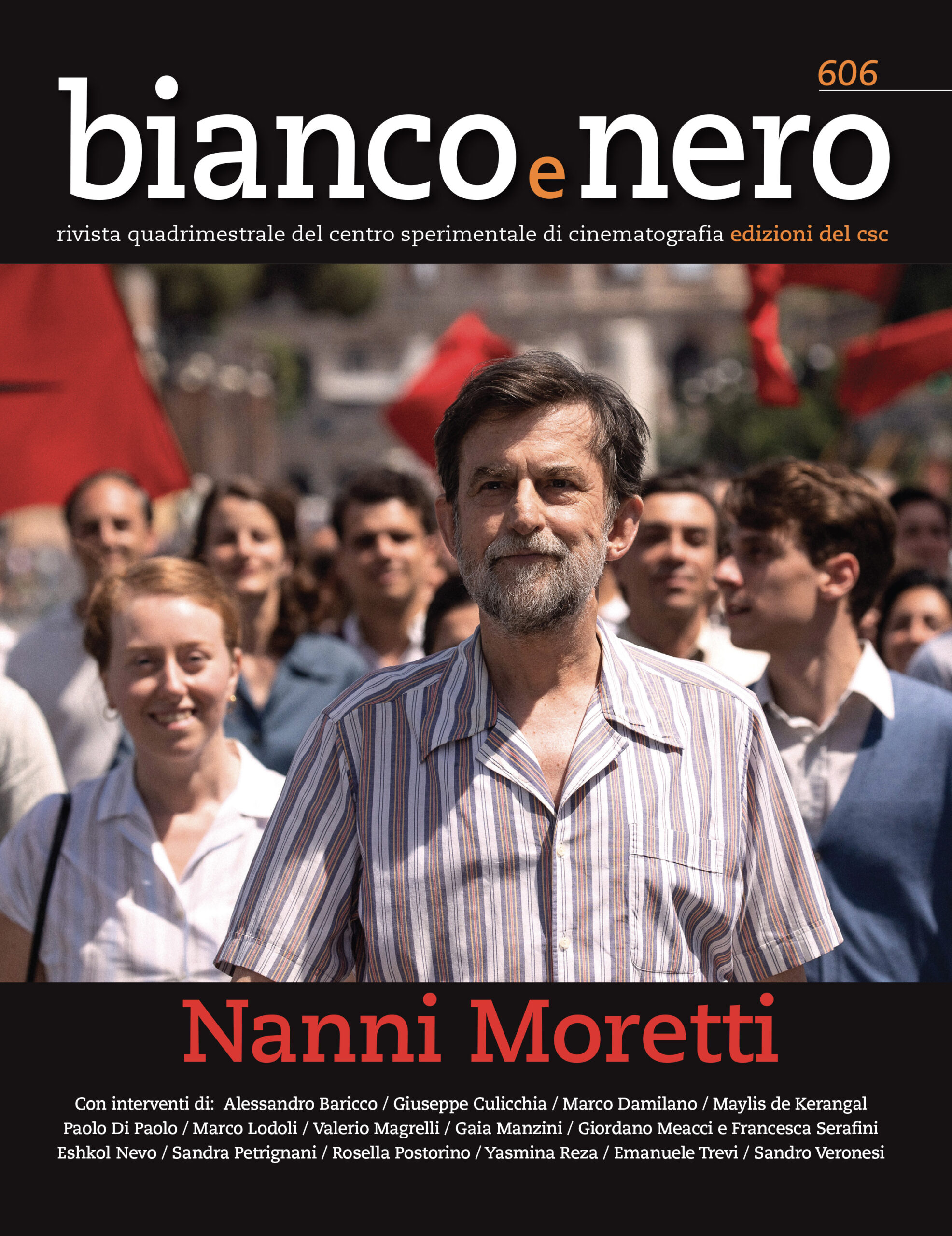The Luigi Chiarini Library
The Chiarini Library is the largest film-specialised facility in Italy. Founded in 1935 as part of the Centro Sperimentale di Cinematografia, it currently has about 155,000 bibliography and archival units and has gradually transformed from a place of conservation to a research and documentation center. It is in fact the largest specialized structure in the field of film in Italy.
The Library is open to the public: from Monday to Friday 9:30 am – 1:30 pm (upon reservation via e-mail biblioteca@fondazionecsc.it).
“Ask the Librarian” is an online reference and research orientation service that provides remote assistance in cases where information and assistance cannot be used directly at the Library. The service does not replace the usual assistance in presence and refers to the consultation of the online catalog.
Document Delivery is the reproduction service of full or partial documents belonging to the Library. Usually the documents are magazine articles or book chapters and are meant for strict personal use and only for study or research.
Bibliographic paths are addressed to
groups of students or groups of visitor.
Books, magazines, documentary and manuscript material, degree tesi, musical scores, original screenplays, press review, graphic material.
The catalog of the “Luigi Chiarini” Library it’s easily accessible, for several years now, via smartphone and tablet through the BiblioChiarini APP.
The Luigi Chiarini Library of the CSC Foundation has set up a section dedicated to degree theses.
The Luigi Chiarini Library offers the opportunity of internships for students enrolled in three-year, master’s, specialist and university master’s degree courses.
The eBook is a book in digital format that can be accessed via computers and mobile devices, such as smartphone, tablets and devices specially designed for reading long digital texts, called eReaders (ebook readers).


The Luigi Chiarini Digital Library is a project to convert documentary material into digital form, with the aim of helping to conserve delicate material. Rare cinematographic periodicals are divided up into years and issues and can be accessed on line. They are not, however, available in a printable form for the remote user.

 Login
Login Chart
Chart














